Realism is a concept that is used throughout gaming to refer to many aspects of the industry, from the graphics to the storyline, and in reference to art style and characters. So, what is realism, and what does it mean for the video game industry? Realism is defined by the Oxford English Dictionary as “the quality or fact of representing a person or thing in a way that is accurate and true to life.” The question then becomes whether video games need to be true to life or not. Furthermore, do certain aspects always need to be realistic? Does realism suit a certain type of game and not the other? Realism is not a given, and a game shouldn’t just be praised because it is true to life. There are other factors that contribute to making a game great, but that doesn’t mean we should discount realism entirely. Here we explore the importance of realism in video games and whether we truly need it to have an enjoyable and meaningful experience.
Art Style & Graphical Capabilities
One major aspect that is recurring throughout video games is the quality of the graphics and the art style the developers chose to use. These are extremely important in making a game unique and memorable. There have been so many games that are in the forefront of my mind purely because I loved the art style.
When you create an interactive experience, the visuals are incredibly important and need to fit the tone and atmosphere you want to create in your game. Therefore, even when it comes to art style, realism isn’t always the best option. Games such as The Wolf Among Us or The Walking Dead don’t have a realistic art style, but they are trying to mimic the games’ roots in the comic book genre. These games wanted to take you on a journey and let you experience the lives and choices of other people, and the comic book style helped achieve this.
Alternatively, take a similar universe, such as that of Telltale’s The Walking Dead, and what happens when a game has different objectives and then the art style changes. For example, the developers of Payday 2, Overkill Software, recently announced a co-op FPS centered around The Walking Dead universe. Being a shooter is one thing, and with the added RPG elements of the game, it is likely that Overkill Software is going for the more realistic experience. You and your team are there to experience the grit and horror of the world in a new way. Whereas Telltale’s art style brings you into the emotional aspect of the story, Overkill’s looks to show you the gore and atrocities of a post-apocalyptic world. These games need different art styles to truly capture the experience they want the player to have. If you had tons of intense shooting scenes in Telltale’s version, then it would look silly because of the art style.
Furthermore, there is no doubt about Telltale’s success with The Walking Dead series, and this is without having to integrate realism into their art style. The style fit the story and undoubtedly made it a better game. Trying to create an art style that centered around realism for this game wouldn’t have worked as well.
In addition, smaller developers must think about the engine they can use to create their game. If you don’t have the possibility of using a very high-powered engine, then trying to create a more realistic game may not look as good. Rather, they can go for an entirely different art style so that they can create an amazing game without being limited by what the resources will allow them to achieve.
Story & Characters
Story and characters are where realism should be applied consistently throughout games — I mean, in the sense of creating people who seem real and true to life while also having at least a feasible story to go along with it. Without creating accurate depictions of people, the player won’t gain as much satisfaction from the game overall. Think of some of the best writers of our era, people like Stephen King, who never set out to create great, sweeping works of literature but know how to create a good story. His depiction of children, especially of Danny Torrance in The Shining is a, forgive the pun, shining example of what realism can achieve. The supernatural elements in his stories don’t make you tut and think what a load of nonsense, because the way he writes and how he depicts people are so true to life.
It is the same with video games, although there are some crazy scenarios when it is pulled off well and you connect with the characters — then you can believe the story. The Last of Us is the perfect example of a scenario we have never experienced in our world, but the story and the characters are written so well that you believe it. You engage and connect with the story even if it doesn’t seem extremely possible. The slow evolution of Ellie and Joel’s relationship, losing people like Tess, and Joel’s actions towards the end of the game. These things create an aura of grit and an authenticity that drives the game forward.
Realism is undoubtedly a main force in video games when it comes to the story and characters. The art style doesn’t matter as much when you believe the story you are being told. Realism doesn’t have to be present in everything, but it is extremely important to integrate it into the story. Without it, you would mindlessly wander from one game to another without experiencing the joys and heartaches gamers have known and come to love when playing a game.
The Type of Game
This has been discussed previously regarding realism, but it does need stating again. The type of game is incredibly important when considering whether realism, in more of an artistic sense, matters when you’re playing a video game. Personally, I think the games that benefit the most from realism are shooters or games with a lot of action in them. Furthermore, horror games benefit from a more realistic touch, as it helps induce fear and tension in the player.
However, other games that require a lighter touch, with less feelings of imminent danger, do not need to rely on realism to carry that atmosphere across. If you are wandering through a game like Undertale or Ni No Kuni, there is less action than in the games previously mentioned. They carry a different message and atmosphere, so they don’t need the realism to convey that message.
~
All in all, realism is undoubtedly important, but it needs to be handled correctly, and a game shouldn’t be dismissed purely because it isn’t realistic enough. You can still have an amazing experience without having to witness triple-A graphics. It solely depends on the soul of the game and what story the developers are trying to tell.
What are your thoughts on realism in video games? Do you prefer an unrealistic game to a realistic one? Let us know in the comments below.

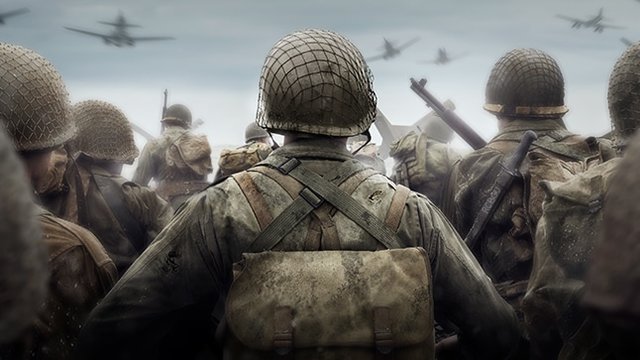

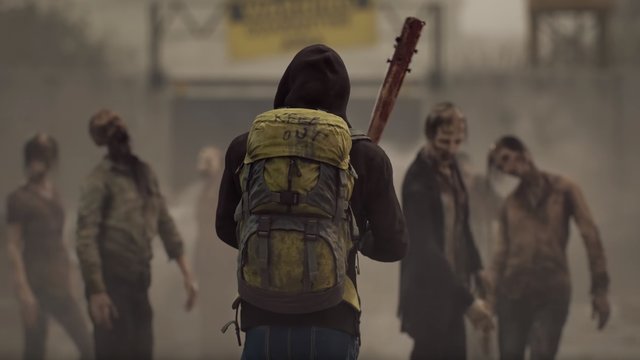
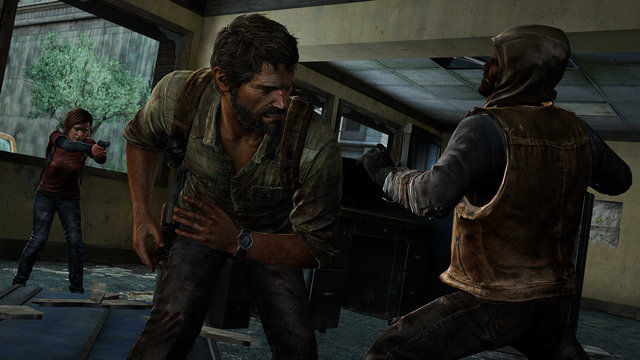






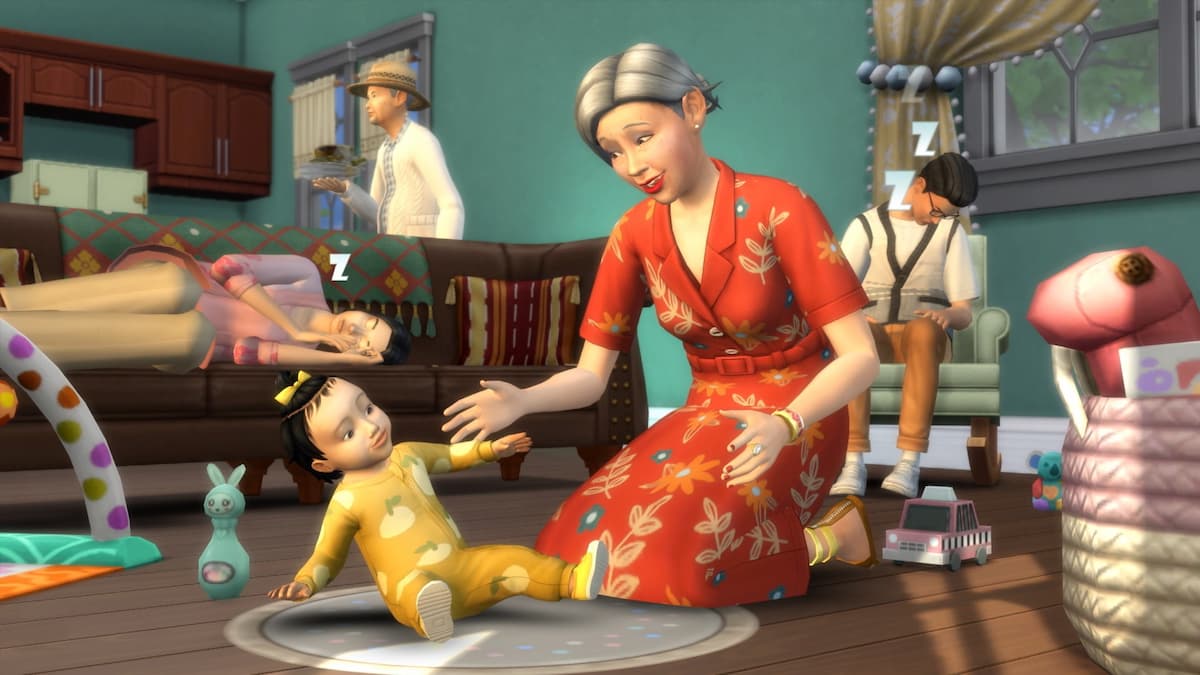
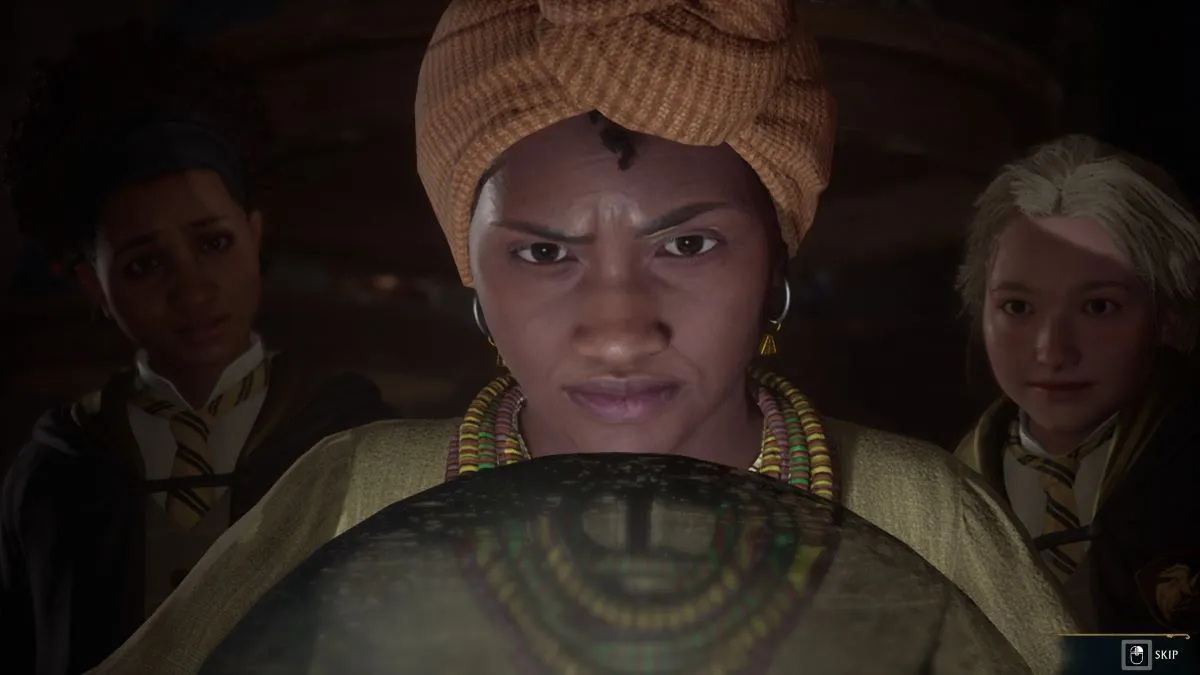
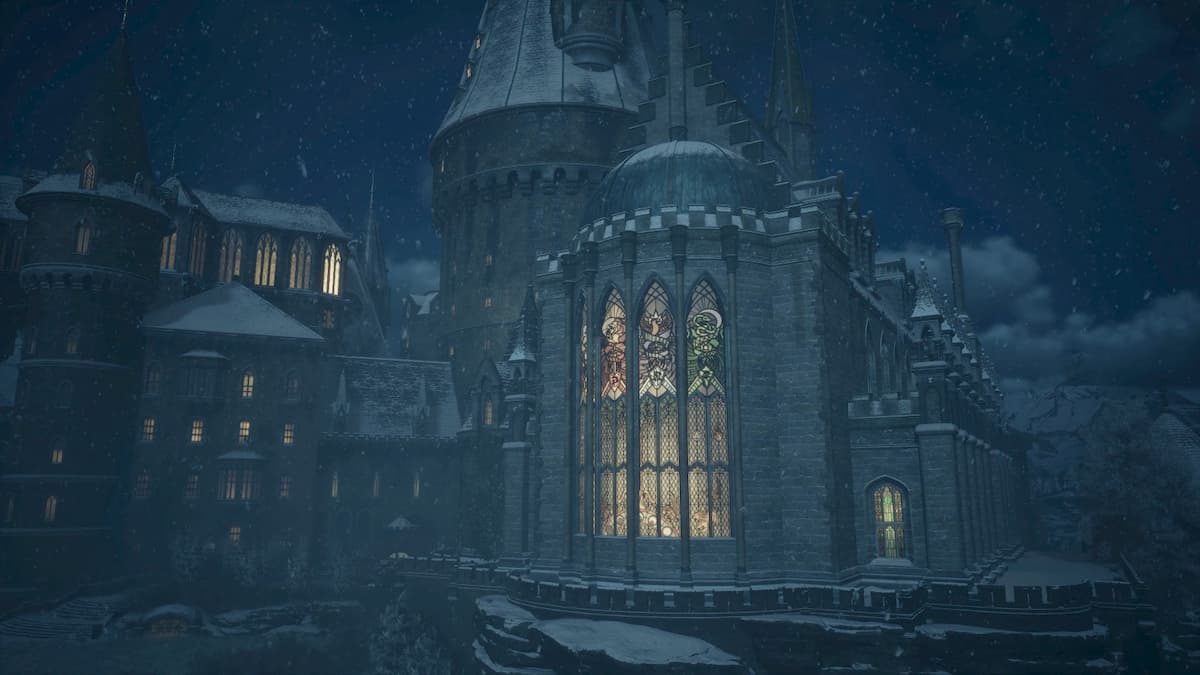
Published: Dec 18, 2017 01:10 pm